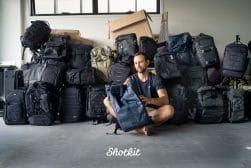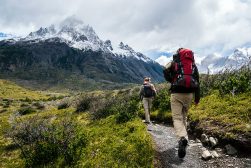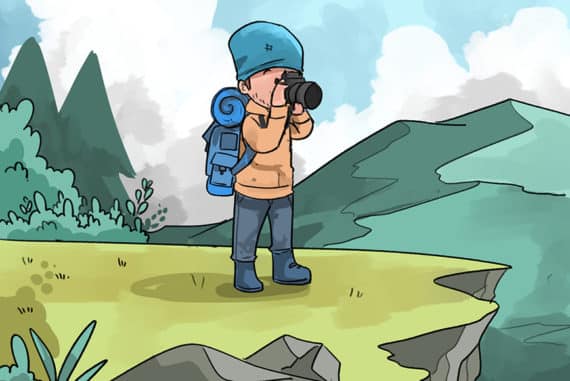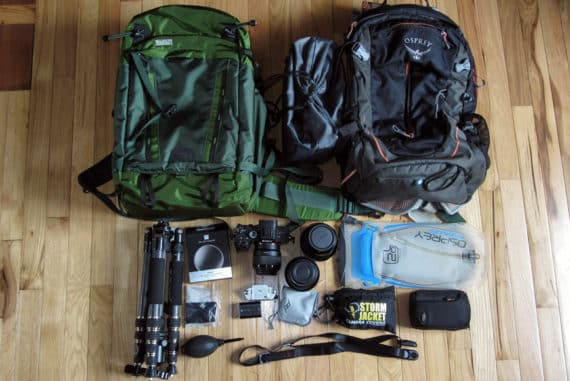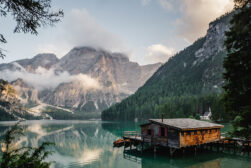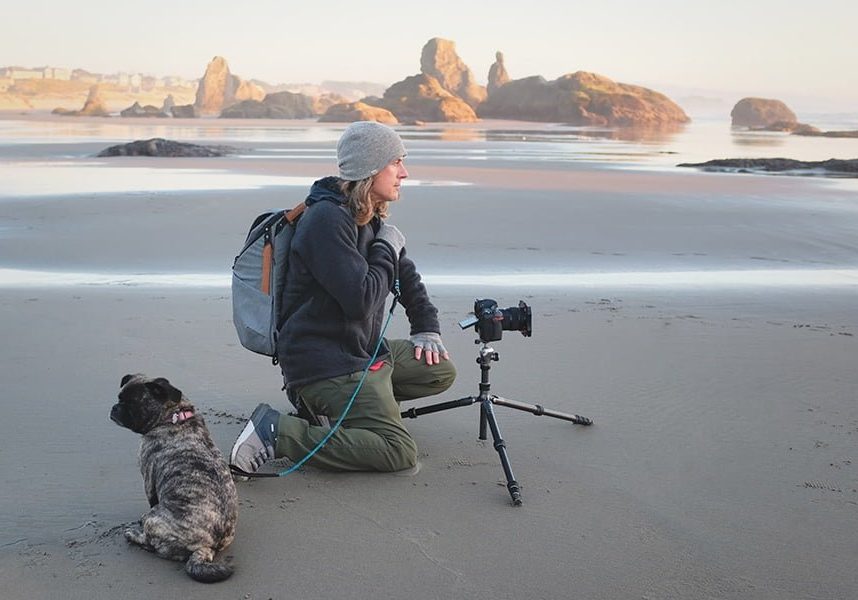
How to Prep for Outdoor Photography
Preparing for the outdoors can be tricky, but when you're bringing camera gear too, it can get complicated. Read on for tips on what to bring on your next adventure!
Learn | Photography Guides | By Matte Hanna
After years of shooting outdoors, I have learned that landscape photography involves a combination of being organized, being prepared and having respect for nature and fellow photographers.
Here is a slimmed-down list of my gear and tips to help you get outside and clicking.
These tips and gear choices are recommendations, never let anything keep you from shooting!
1. Keep it Simple
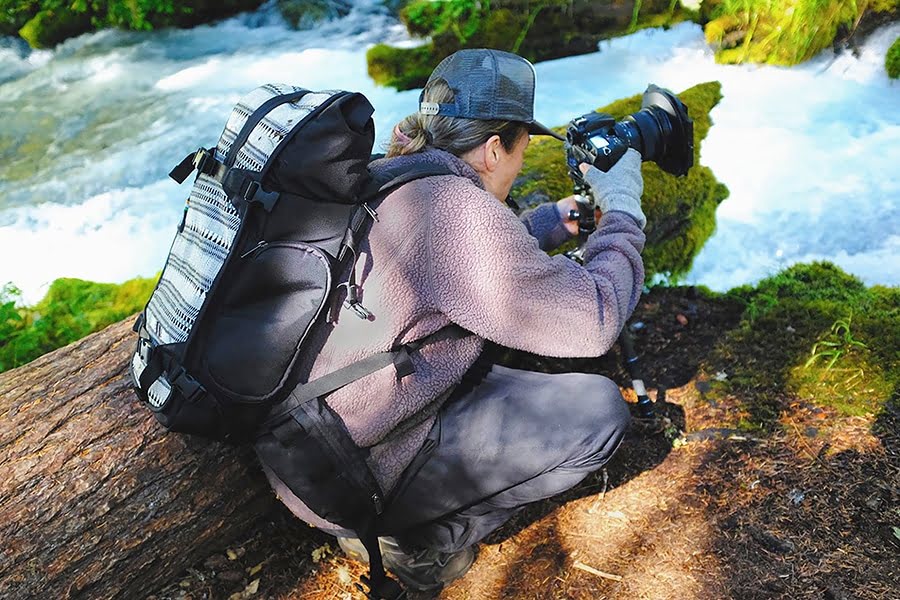
Slow and steady | Fujifilm X100F + Fujinon XF 23mm f/2
| 1/200 f/2.8 ISO400
“One more thing, that’s all I need…”
There is a funny scene in the film “The Jerk” where the character thinks he needs only one item to move forward in his life, but he ends up snowballing into hoarding an accumulation of useless junk.
You may think you can’t shoot successfully without all your gear, but the reality is you can. All you really need is your camera and yourself, no matter if you’re photographing lightning, waterfalls, forests or insects!
2. Keep it comfortable
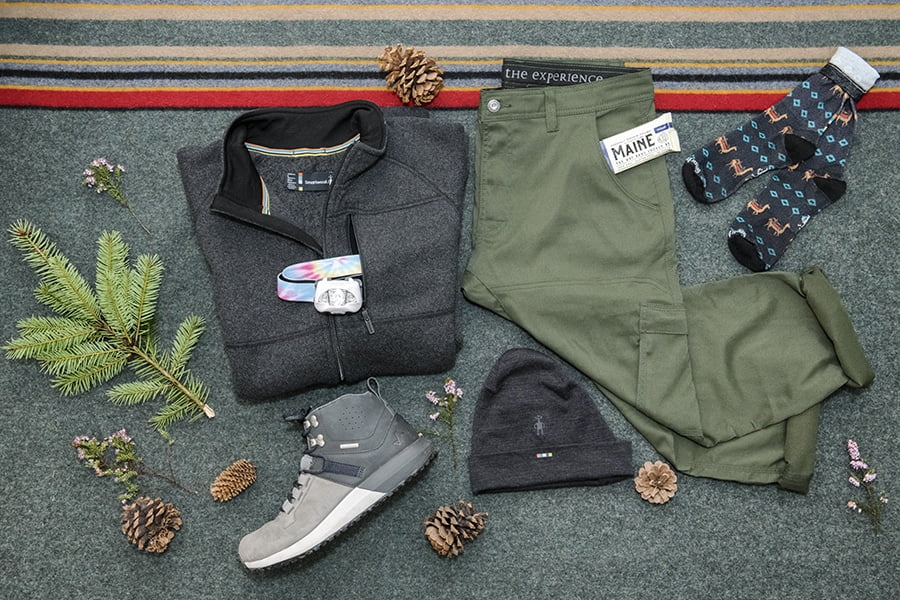
From bottom left: Forsake Range High Boots, Smartwool Men’s Echo Lake Full Zip Fleece
, Third Eye Headlamp
, Prana Stretch Zion Pant
, Gutsey Maine Snack Bar
, Smartwool socks
and beanie
.
Dress wisely. I cannot overstate this. You’re already carrying your gear, so when it comes to dressing for the outdoors, the less you bring, the lighter the load.
Pack clothing essentials that have multiple uses over a day (or two). I am a big fan of layers.
- What to wear and why
Top: Smartwool Men’s Echo Lake Full Zip Fleece. One of my favorite tops. Clothing made of wool is moisture wicking, can dry quickly, keep you warm when it’s cold and keep you cool when it’s warm.
They even keep you warm when they’re wet, and can neutralize the ensuing odors. Multiple uses win the day.
Bottom: Prana Stretch Zion Pant. Nothing matches the comfort and durability of the Stretch Zion
. Quick drying and water repellence let you hike through the elements while remaining comfortable.
The sun protective fabric also rolls up and snaps in place, keeping you cool. I wear pants to keep unwanted insects and scratchy branches from getting under my skin. Literally.
Head: Beanie, neck gaiter or bandana. Keeps you warm and doubles as a sweatband, dunk it water to keep you cool.
Footwear: Forsake Range High. For trail hiking, I recommend keeping your toes and ankles protected. Light, waterproof and sturdy, these boots were comfortable right out of the box.
However, always take the time to break in your footwear before traveling long distances.
3. Know your gear
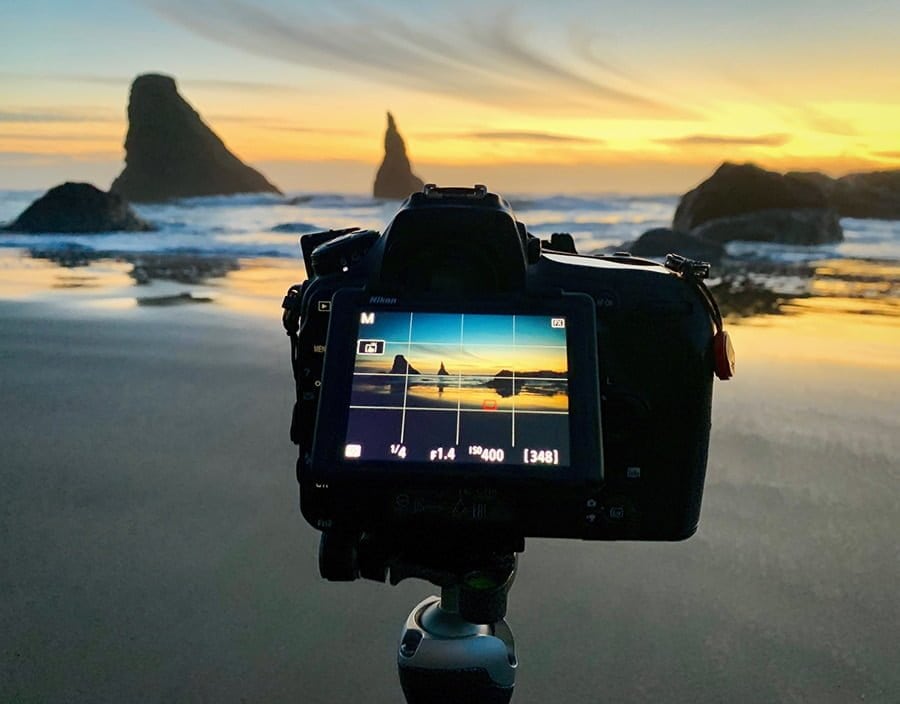
Picture in a picture | Nikon D850
When I am hiking to a location, I like to travel as light as possible. I keep my gear down to one camera, two lenses, and filters. Don’t try and bring every lens you own.
Cutting out unnecessary lenses will lighten your load and help you get creative and comfortable with your choices. Make a list of items to put into your bag and stick to it.
It’s always a good idea to get friendly with new gear before you plan out a big trip. First-time use of new gear in the field can lead to frustrations.
Take the time to break in new equipment and get comfortable, just like a new pair of boots.
4. Plan ahead
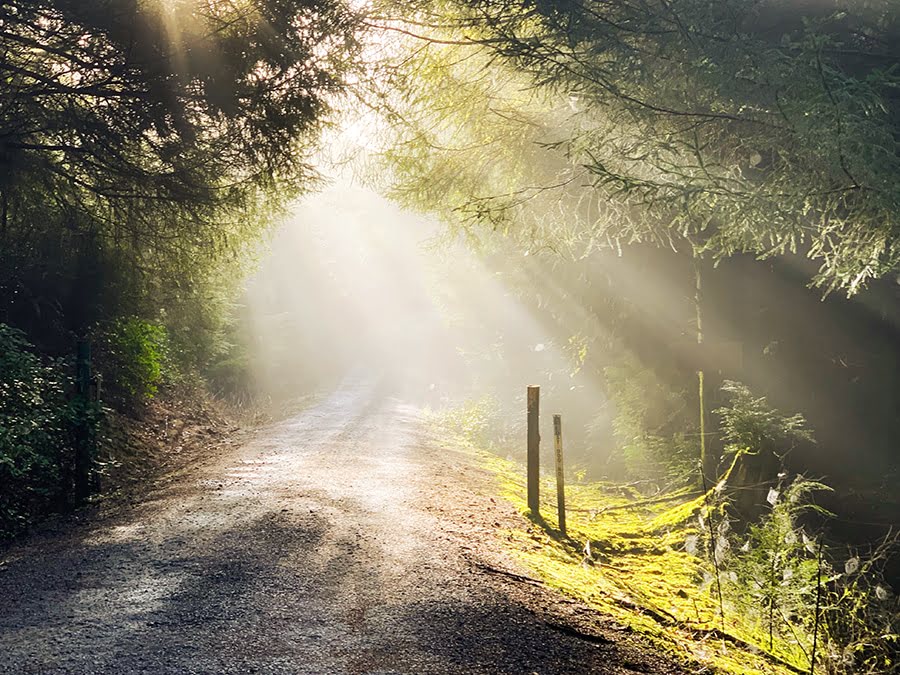
Sunbeam Path | Apple iPhone XS Max | 1/67 f/2.4 ISO16
From picking your locations, to checking the weather, your journey will go a lot smoother if you take the time to do some basic planning.
How Much Do You REALLY Know About Photography?! 🤔
Test your photography knowledge with this quick quiz!
See how much you really know about photography...

Apps such as PhotoPills and The Photographer’s Ephemeris can be helpful for timing the placement of the moon, sun, and stars at future locations.
Weather Apps such as Weather Underground can give you a heads up on the weather conditions.
5. Keep it safe

Overlook at dawn | Nikon D850 + Sigma 14-24mm f/2.8 DG HSM
| 2.5sec f/16 ISO64
Make sure you tell others your plans for shooting, and set a time to be back off the trail. Small emergency items like water, band-aids and tape should always be in your pack.
Energy bars such as Gutsey bars take up little room and provide a quick power-up on the trail. Charge your phone fully before your trip and turn it off to save the battery for emergencies.
6. Keep it low
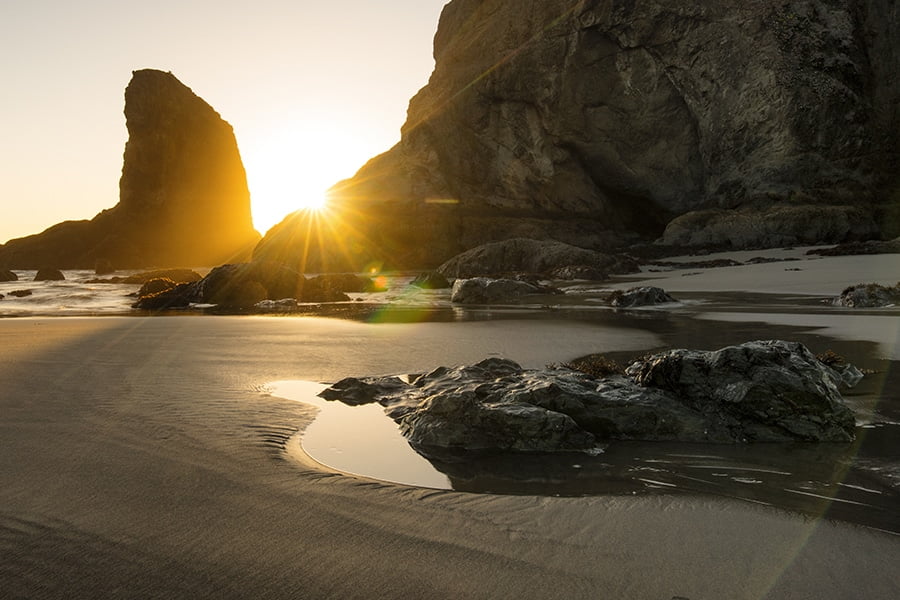
Slicing light | Nikon D850 + Sigma 24mm f/1.4 DG HSM
| Open Bulb 0.4 sec f/16 ISO64
Respect the environment and others along the way. Low impact hiking and camping help keep Mother Nature thriving and ready to share with other hikers and landscape photographers.
An easy way to curb environmental impact is by not Geotagging on Instagram.
Delicate landscapes are being hit hard by too many photographers flocking to areas to replicate photographs they see on social media. Do nature a favor: be original, choose your own adventure and keep it low.
I do plan as much as possible, but I also like to get out and shoot whether the conditions are ideal or not.
Oftentimes an imperfect atmosphere can make the best landscape photographs. Get outside and have fun.
Happy Snapping!
Disclaimer: All recommendations are impartial and based on user experience, with no bias to the products or the brand. The products in this post may contain affiliate links.

Check out these 8 essential tools to help you succeed as a professional photographer.
Includes limited-time discounts.






